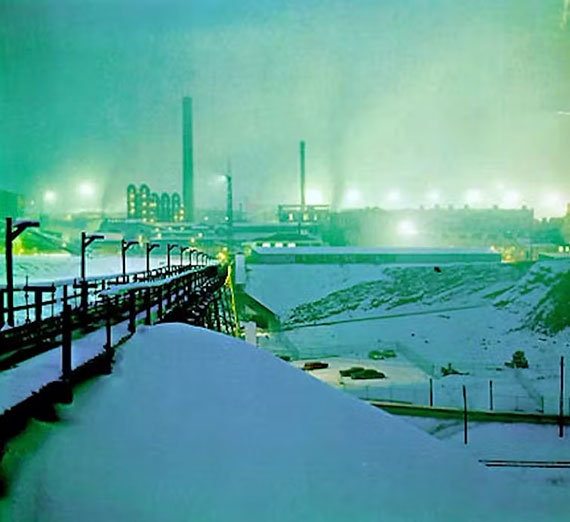"The Conversation:" Nursing's Martin Schiavenato on the Bunker Hill Mine Fire

On Sept. 3, 1973, a fire swept through the baghouse of the Bunker Hill mine in Idaho’s Silver Valley. The building was designed to filter pollutants produced by smelting, the melting of rocks that separates metal from its ore. The gases produced in this process carried poisons, including lead.
At the time, the prices of lead and silver were climbing toward all-time highs. Rather than wait for new filters and repairs, company officials kept the mine running. They increased production, bypassed the filtration steps and, for eleven months, dumped noxious gases directly into the surrounding area.
Then, horses in the area began dying.
Without filters, the mine operations deposited an estimated 35 tons of lead per month in the area, four times more than before the fire. Between January and September 1974, it also released more than 2 tons of arsenic and 2.5 tons of mercury, among other metals and toxic chemicals, according to data collected by Restoration Partnership.
Lead still contaminates the soil across Silver Valley today, and it continues to wash down tributaries and into the Coeur d’Alene River and Lake Coeur d’Alene. Many people in this fast-growing region are unaware of the risks.
Assistant Professor of Nursing Martin Schiavenato explores the long-term repercussions of the Bunker Hill disaster in an intriguing piece recently published in The Conversation. Read Schiavenato's complete piece at the link.
